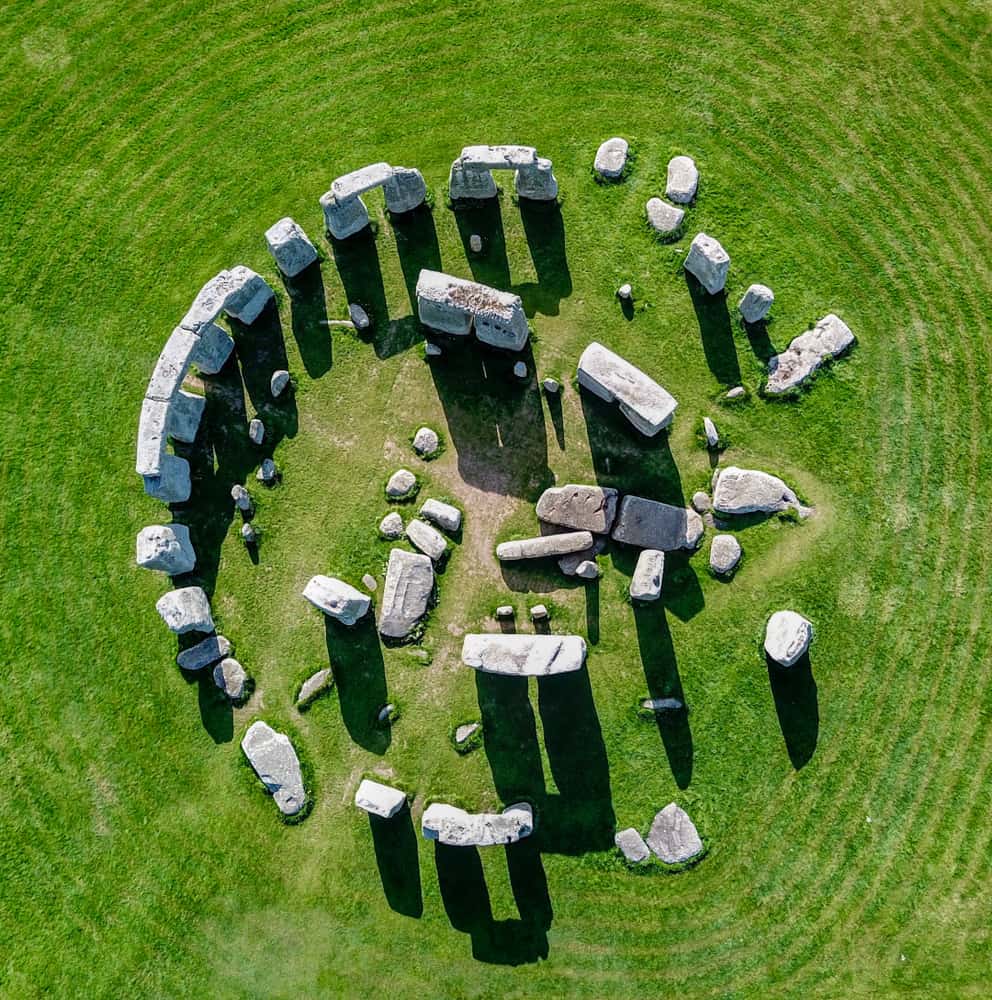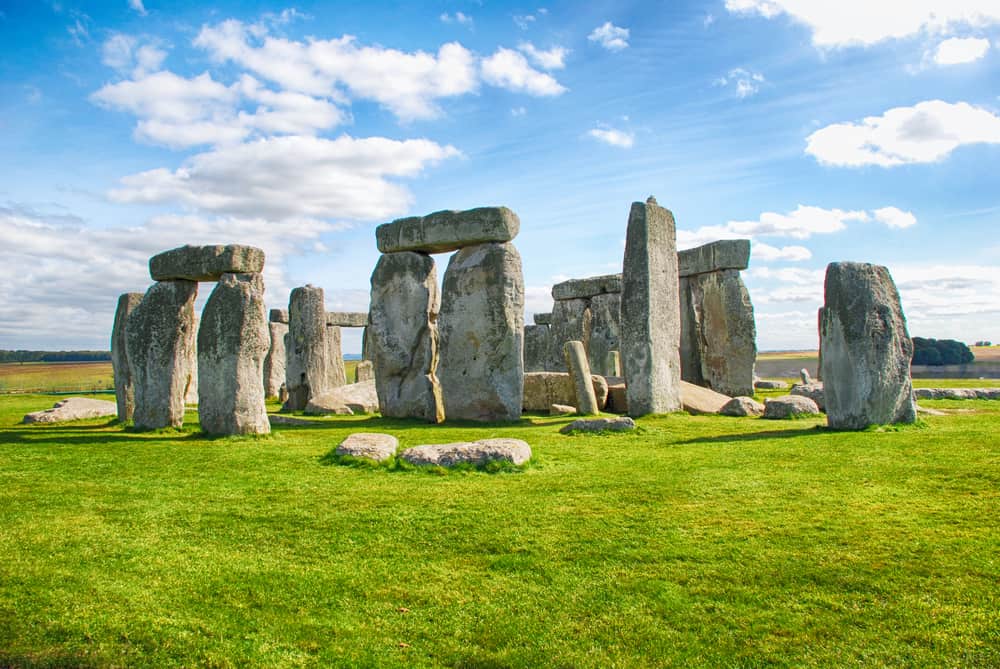A Brief Overiew of Stonehenge
While the exact purpose and origin of Stonehenge remain a subject of scholarly debate, it is believed to have been constructed in several phases, spanning from around 3000 BCE to 2000 BCE during the Neolithic and Bronze Age periods. Some of the stones used in its construction were transported over significant distances, suggesting a remarkable level of organization and ingenuity by its builders.
The significance of Stonehenge is multifaceted. It is widely regarded as a celestial observatory, aligned with key astronomical events such as the summer and winter solstices, which may have played a role in the agricultural and religious calendar of its ancient builders.
Additionally, it has been associated with rituals, burials, and the worship of deities by various cultures throughout its long history. Stonehenge continues to captivate the imagination of people worldwide, serving as a testament to the engineering prowess and cultural significance of our distant ancestors, and it remains a popular destination for tourists, archaeologists, and those intrigued by the mysteries of the past.







